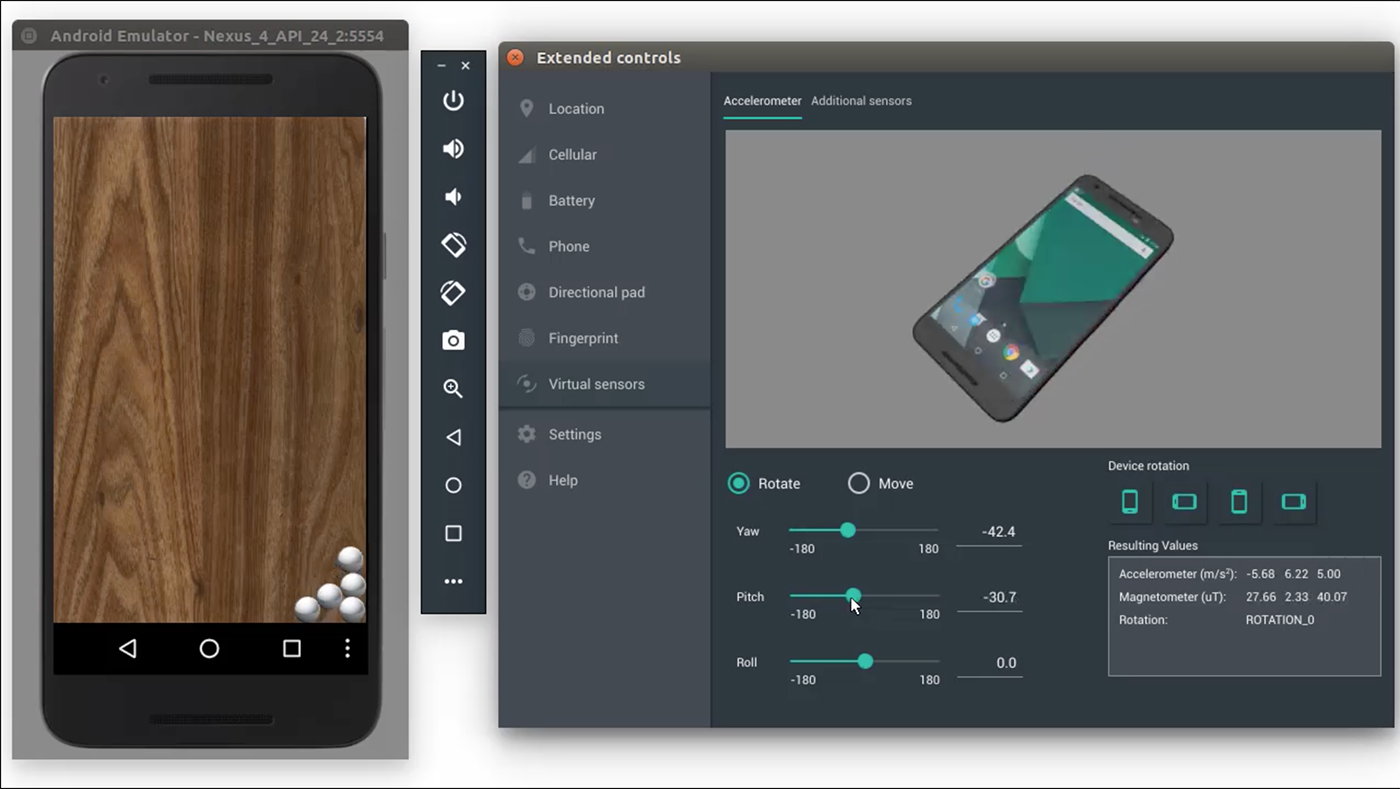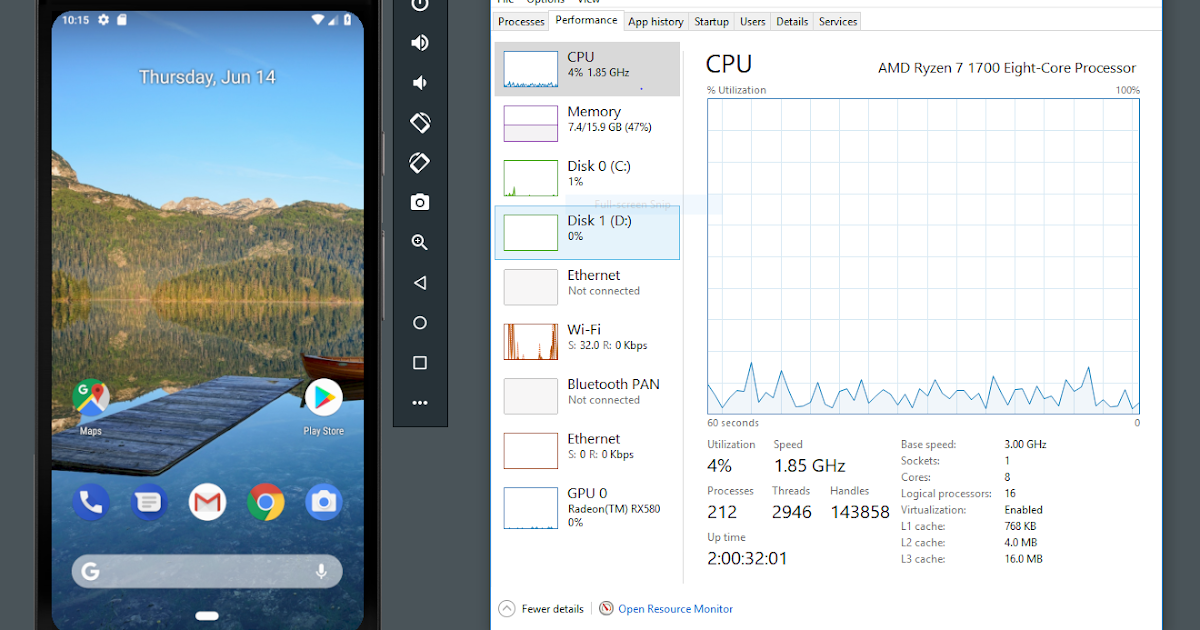

- #RUN EMULATOR ANDROID STUDIO MAC HOW TO#
- #RUN EMULATOR ANDROID STUDIO MAC FULL#
- #RUN EMULATOR ANDROID STUDIO MAC MAC#
See: Google Documentation on Start the emulator from the command line for.
#RUN EMULATOR ANDROID STUDIO MAC FULL#
Open the Terminal app and type the following command: $ANDROID_HOME/tools/emulator -netdelay none -netspeed full -avd Nexus_5_API_25 Download Image: sdkmanager -install system-images android-29 default x86. Stop the emulator started by Android Studio.
#RUN EMULATOR ANDROID STUDIO MAC HOW TO#
How to start Android Emulator from Terminal? Which can be shortened to : $ANDROID_HOME/tools/emulator -netdelay none -netspeed full -avd Nexus_5_API_25 Notice in the Run Window of Android Studio the command line used to start the device: /Users/HDO/Library/Android/sdk/tools/emulator -netdelay none -netspeed full -avd Nexus_5_API_25 In the Verify Configuration window, check any parameter :ĪVD Manager shows you the newly created device:Ĭlick on the launch button to launch the newly created AVD in the emulator. Once the download is complete, click on the Next button. This download process is done through SDK Manager. In the System Image, select the system image Nougat, API Level 25, ABI x86 :Ĭlick on the download link to download the selected System Image. In the Select Hardware window, select Nexus 5 as shown in the following snapshot: If no emulator has been created you should start with this screen: Go to the Tools menu -> :Android -> AVD Manager: Start Android Studio app, then create a blank project.

You can also create different virtual devices using the same image.The purpose of this section is to guide you to create in your development environment an Android emulator.Īndroid emulators are managed through a UI called AVD ManagerĪVD Manager has a nice interface when started from Android Studio. It will create one emulator using that selected image. Images listed under this tab are designed for Macbook M1. Make sure to select the ‘Other image’ tab. Basically, it shows different images for different Android Versions that can be used with the current AVD. It will show you a list of system images. It will show you a list of different devices.
#RUN EMULATOR ANDROID STUDIO MAC MAC#
In this post, I will quickly show you how to create Android Emulators on M1 chipset mac in Android Studio. Recently, they released one change to the Android Studio SDK manager and downloading an extra emulator is no loger needed now. It works, but if you want to test your application on different device or different screen sizes, there was no other option available. The problem with this preview build is that you can’t change the emulator device type. Google has released a different preview build for emulators. Previously, when M1 Macbooks were released, Android studio didn’t have any support for emulators.

MaUsing Android Studio Emulators in M1 Mac: N Kaushik How to create Android emulators in M1 Mac


 0 kommentar(er)
0 kommentar(er)
